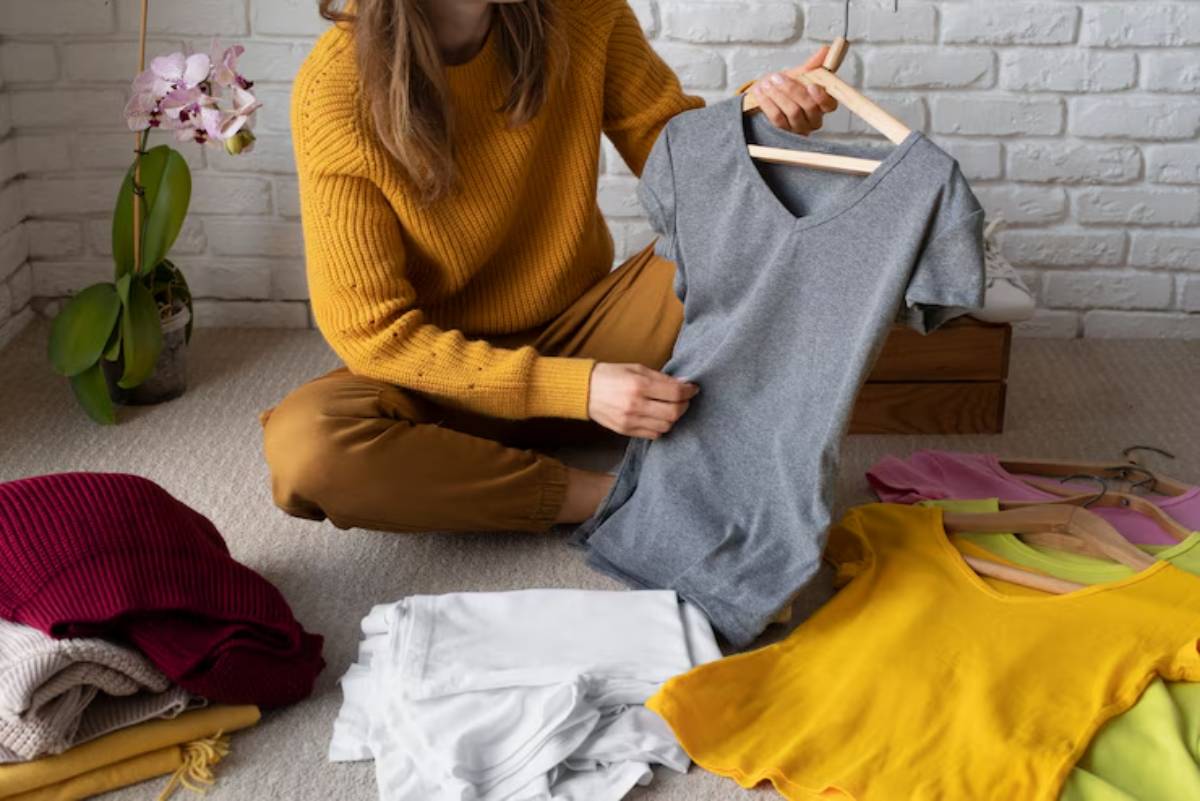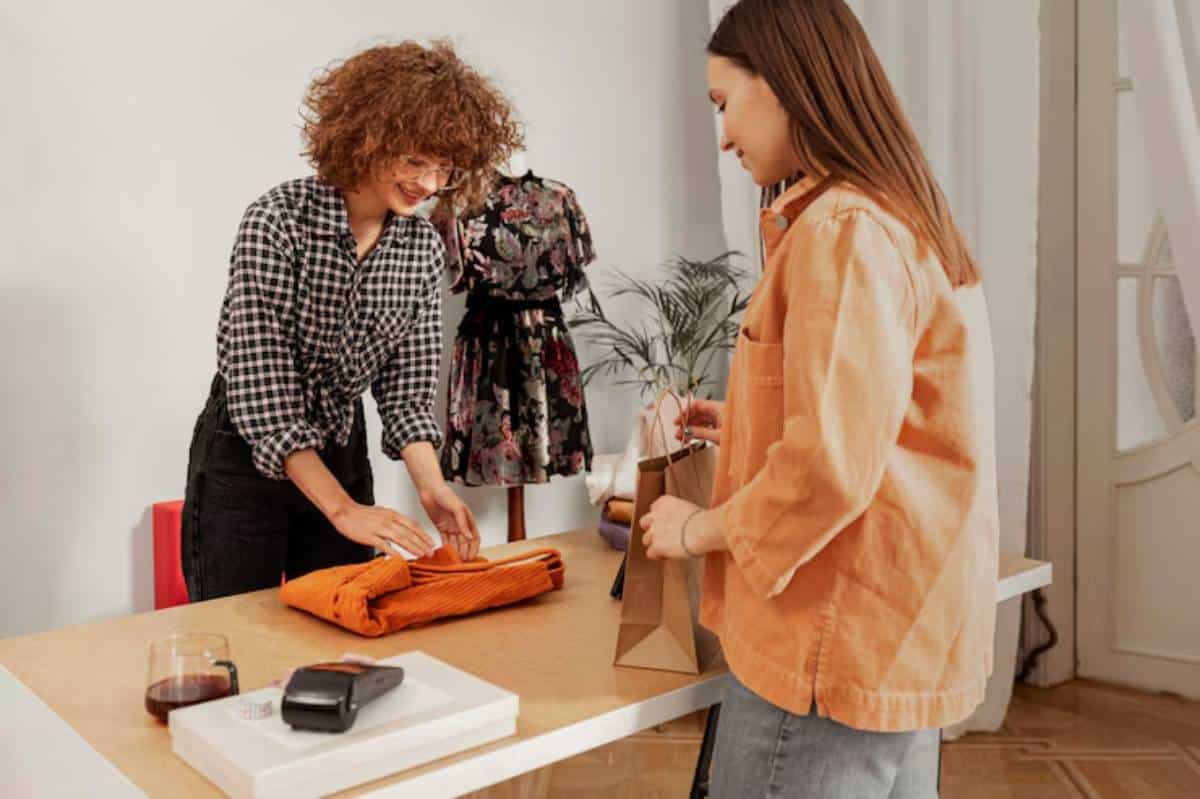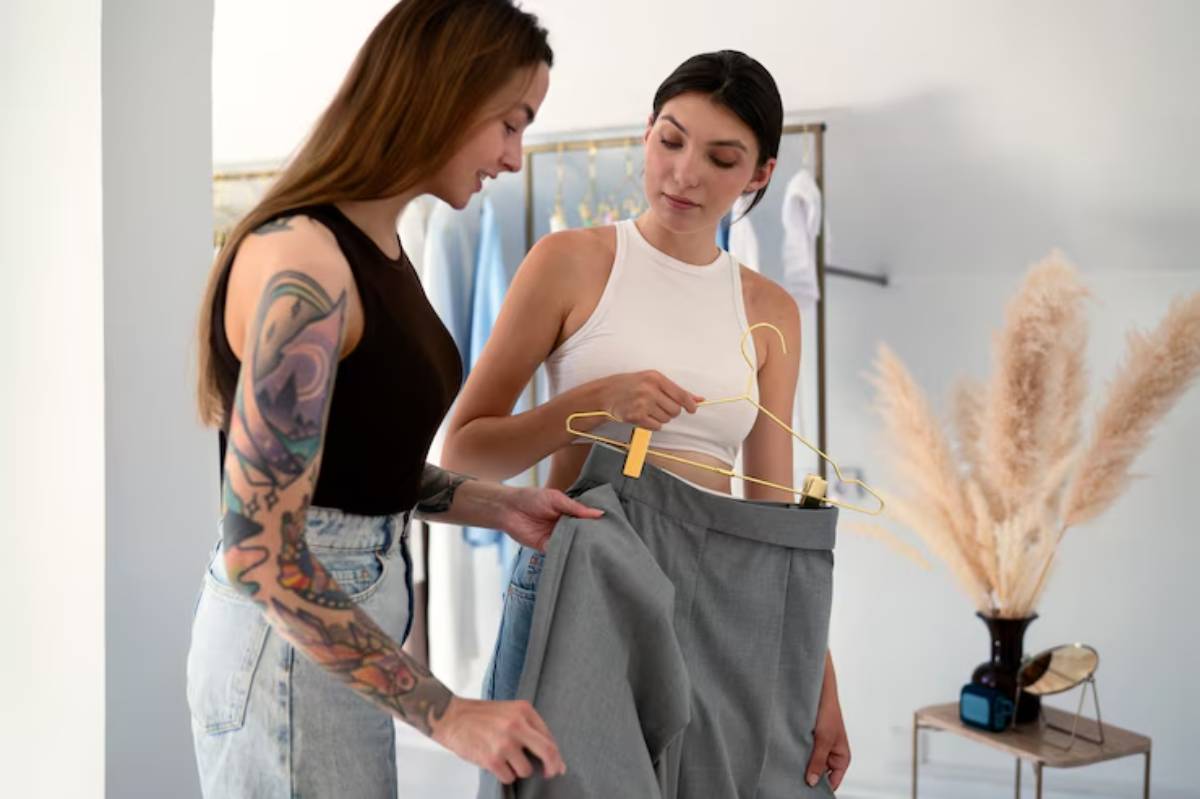
How to Shop Less but Dress Better with Sustainable Picks
Tired of having a wardrobe full of clothes and still nothing to wear? You’re not alone. In the age of fast fashion, more people are waking up to the fact that style isn’t about quantity — it’s about quality and intention.
The good news? You can curate a wardrobe that’s stylish, sustainable, and uniquely you — all while shopping less. Embracing intentional fashion choices, forming sustainable shopping habits, and learning to buy less but wear more empowers you to step away from mindless consumption and into confident, conscious dressing.
Understanding the Core

Why We Buy Too Much and Still Have “Nothing to Wear”
Fast fashion thrives on impulse. Sales, trends, and one-click checkouts tempt us into buying more than we need. In fact, a 2022 Fashion Revolution report found that the average UK consumer buys 28 new clothing items per year, but wears many of them only once or twice.
The result? Cluttered closets, decision fatigue, and environmental harm.
To reverse this cycle, we need a shift in mindset — not just in shopping habits but in how we define style and value.
What It Means to Shop Intentionally
Intentional fashion choices involve:
- Buying with purpose, not impulse
- Prioritising quality over quantity
- Choosing pieces that align with your lifestyle, body, and values
- Understanding the impact of each purchase on people and the planet
It’s not about sacrificing style. It’s about refining it.
If you’re working on creating a wardrobe that truly serves you, consider starting with a capsule closet built around sustainable pieces.
Checklist at a Glance

Quick Guide: Shop Less, Dress Better
- Audit your wardrobe – know what you have and love
- Define your personal style – trends fade, style lasts
- Set shopping boundaries – budgets, item limits, waiting periods
- Buy versatile pieces – mix, match, repeat
- Choose sustainable brands or secondhand options
- Learn basic clothing care and repairs
- Unfollow impulse triggers – email promos, fast fashion ads
- Track your wears – love it or lose it
This is a high-level guide — read on for the full step-by-step transformation.
Step-by-Step Guide: How to Practise Intentional, Sustainable Dressing

1. Start with a Wardrobe Audit
Lay everything out. Yes, everything. You’ll likely discover forgotten favourites and duplicates.
Sort items into:
- Love and wear often
- Rarely worn but salvageable
- Unworn or no longer aligned
Pro Tip: If you haven’t worn it in a year and it doesn’t spark joy or serve a purpose, it’s time to let go.
2. Define Your Style DNA
Forget chasing trends. What colours, cuts, and fabrics do you naturally gravitate toward?
Use Pinterest boards, saved Instagram posts, or mood boards to visualise your core aesthetic. This helps you focus your purchases on what you’ll actually wear.
Important Note: Your style should suit your life, not the other way around.
3. Set Boundaries for Buying
Give yourself tools to resist impulsive buys:
- The 30-day rule: Wait 30 days before buying anything non-essential
- One-in, one-out: For every new item, donate or sell one
- Cost-per-wear calculator: Will you wear it enough to justify the cost?
4. Prioritise Versatility and Longevity
Opt for pieces that can be styled in multiple ways:
- A well-cut blazer
- Classic jeans
- Neutral tops
- Layering staples
Think function and form — pieces that transition across seasons and occasions.
5. Shop Sustainably (Or Not at All)
Support brands that are transparent about ethical production and environmental responsibility.
Or better yet, explore:
- Charity shops
- Thrift markets
- Clothing swaps
- Fashion rental services
Explore tips on hosting your own community fashion swap to make wardrobe changes more social and less wasteful.
6. Learn Clothing Care & Repairs
Extend the life of your garments by mastering:
- Proper washing techniques (e.g., cold washes, air drying)
- Basic repairs (sewing buttons, mending hems)
- Storage tips to prevent damage
It’s better for your budget and the planet.
7. Unsubscribe and Detox Your Feeds
Curate your digital space to support your values. Unsubscribe from fast fashion newsletters and unfollow accounts that trigger FOMO or shopping guilt.
Replace them with slow fashion creators and ethical style bloggers.
8. Track Your Wear
Apps like Whering or simply a notebook can help you see which items you wear most. After a few months, you’ll spot patterns and refine your future buys.
Pro Tip: Aim for at least 30 wears per item — a useful benchmark for sustainable fashion choices.
Important Note: Intentional fashion isn’t about denying yourself joy. It’s about curating a wardrobe that empowers and expresses you, not marketing trends.
Best Practices & Additional Insights
Turn Outfits Into Uniforms
Find a go-to outfit formula that works — like “blazer + tee + high-waist jeans.” It simplifies decisions and reduces wardrobe clutter.
Reflect Before You Click
Ask:
- Will I still want this in a year?
- Does it pair with three items I already own?
- Would I buy this if it weren’t on sale?
Use these prompts as mental speed bumps before every purchase.
FAQs
How do I know if I’m shopping intentionally?
If you pause before purchasing, consider your wardrobe, and focus on quality and need, you’re on the right path.
Can I still follow fashion trends sustainably?
Yes, selectively. Choose trend-inspired pieces secondhand, or update your look with accessories rather than fast fashion hauls.
What are the best fabrics for sustainable dressing?
Organic cotton, hemp, Tencel, recycled polyester, and linen are great choices due to their lower environmental impact.
Do I need to buy from sustainable brands only?
Not necessarily. Secondhand fashion, swapping, and simply buying less are all valid and impactful ways to dress sustainably.
Is it expensive to dress sustainably?
Not if you shift your mindset. Buying fewer, better-made items or choosing preloved pieces often saves money over time.
Conclusion: How to Shop Less but Dress Better with Sustainable Picks
Dressing better doesn’t mean dressing more. When you adopt intentional fashion choices and form sustainable shopping habits, you’ll not only look good, but you’ll feel good about what you wear.
The joy of having a smaller, smarter wardrobe is real. You’ll find clarity, confidence, and creativity — and you’ll make a positive difference every day you get dressed.


